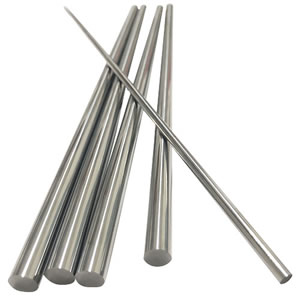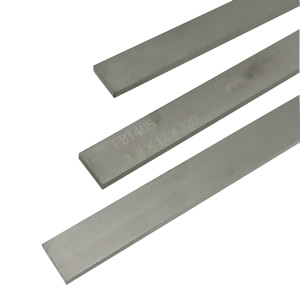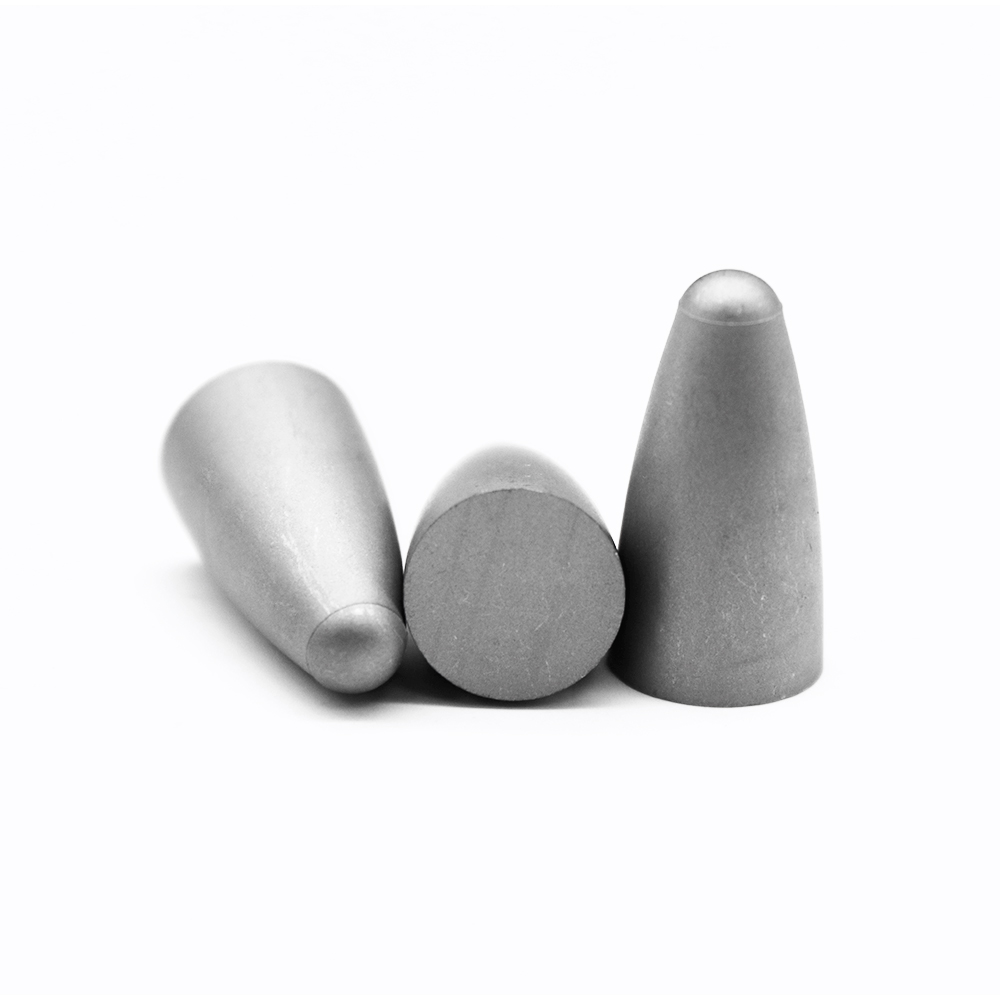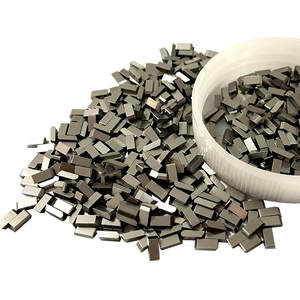The Role of Tungsten Carbide Pins in Semiconductor Packaging Introduction
The Role of Tungsten Carbide Pins in Semiconductor Packaging Introduction

In the rapidly evolving semiconductor industry, the demand for precision and reliability is paramount. One critical component in semiconductor packaging is the tungsten carbide pin. These pins serve a vital role in ensuring the functionality and durability of semiconductor devices. In this article, we will explore the application of tungsten carbide pins in semiconductor packaging, their manufacturing requirements, and their advantages over other materials.
Understanding Semiconductor Packaging
Semiconductor packaging is the process of enclosing semiconductor devices to protect them from physical damage and environmental factors. This packaging not only safeguards the chip but also facilitates its integration into electronic devices. The packaging process involves several stages, including die attachment, wire bonding, and encapsulation, each requiring specialized tools and components.
The Function of Tungsten Carbide Pins
Tungsten carbide pins are used primarily in the wire bonding process. Wire bonding is a technique that connects the semiconductor chip to its package using fine wires, which are typically made from gold or aluminum. Tungsten carbide pins serve as a reliable interface for these operations, providing the necessary support and stability during the bonding process.
Precision and Stability: Tungsten carbide pins are engineered to provide exceptional precision and stability. Their hardness and density allow them to maintain their shape under high-pressure conditions, ensuring accurate wire placement.
Thermal Conductivity: In semiconductor devices, heat dissipation is critical. Tungsten carbide pins possess excellent thermal conductivity, helping to manage heat during operation and prolonging the life of the semiconductor package.
Durability: The durability of tungsten carbide pins makes them ideal for high-volume production environments. They resist wear and tear, ensuring consistent performance over time, which is crucial for maintaining quality standards in semiconductor packaging.
Requirements for Tungsten Carbide Pins
When manufacturing tungsten carbide pins for semiconductor packaging, several key requirements must be met to ensure optimal performance:
1. Material Composition
The composition of tungsten carbide is typically a blend of tungsten and carbon, which gives it its exceptional hardness and strength. The specific ratio of these elements can impact the pins' performance, so manufacturers must carefully control the material's properties to meet industry standards.
2. Precision Machining
The manufacturing of tungsten carbide pins requires advanced precision machining techniques. This ensures that each pin meets the stringent dimensional tolerances necessary for effective wire bonding. High-quality CNC (Computer Numerical Control) machinery is often employed to achieve the required specifications.
3. Surface Finish
The surface finish of tungsten carbide pins is critical for optimal performance. A smooth surface reduces friction during the bonding process, allowing for precise wire placement. Manufacturers often apply specialized coatings or finishes to enhance the pins' surface characteristics.
4. Testing and Quality Control
Rigorous testing and quality control measures are essential in the production of tungsten carbide pins. This includes mechanical testing for hardness and tensile strength, as well as dimensional inspections to ensure compliance with specifications. Only pins that meet these standards should be used in semiconductor packaging.
Advantages of Tungsten Carbide Pins
Tungsten carbide pins offer several advantages over traditional materials used in semiconductor packaging:
1. Enhanced Performance
With their superior hardness and resistance to deformation, tungsten carbide pins provide enhanced performance in high-stress environments. This leads to improved reliability and longevity of semiconductor packages.
2. Cost-Effectiveness
While tungsten carbide pins may have a higher initial cost compared to other materials, their durability and performance can lead to significant cost savings in the long run. Reduced downtime, lower failure rates, and less frequent replacements contribute to a favorable return on investment.
3. Versatility
Tungsten carbide pins can be tailored to meet specific requirements for various semiconductor applications. This versatility allows manufacturers to optimize their designs for different packaging types, including flip-chip and wire-bonded packages.
Conclusion
Tungsten carbide pins play a critical role in the semiconductor packaging industry, providing the precision, durability, and performance required for modern electronic devices. As the demand for advanced semiconductor technology continues to grow, the importance of high-quality tungsten carbide pins will only increase.
Manufacturers like Zhuzhou Better Tungsten Carbide are dedicated to producing these essential components, ensuring that they meet the stringent requirements of the semiconductor industry. By investing in high-quality tungsten carbide pins, companies can enhance their production processes, improve product reliability, and ultimately deliver superior semiconductor devices to the market.
In summary, when considering materials for semiconductor packaging, tungsten carbide pins stand out as a superior choice, combining advanced engineering with the necessary performance characteristics to meet the challenges of today’s semiconductor landscape.





















